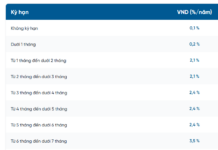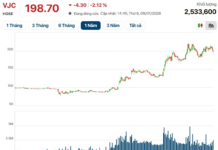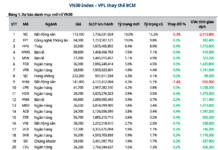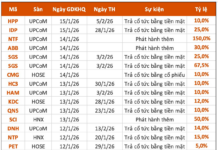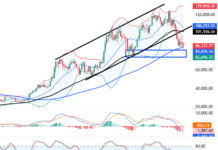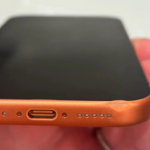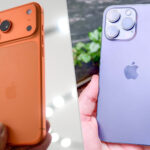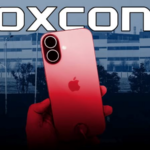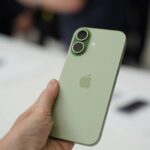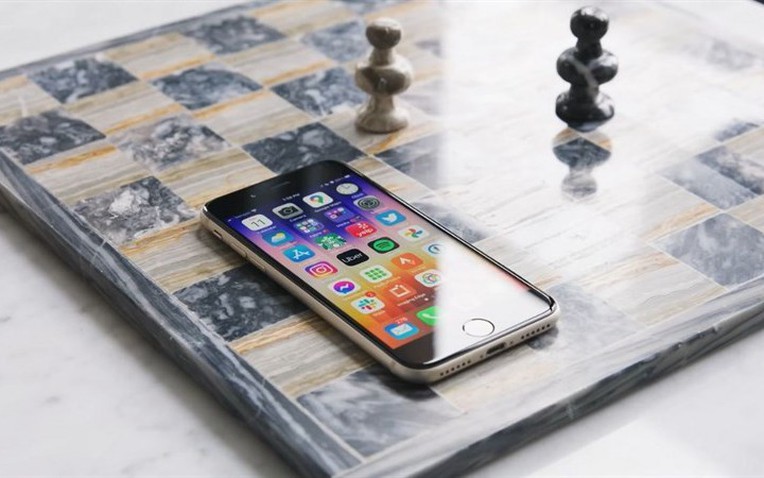
Launched in 2022 alongside the iPhone 14, the iPhone SE 3 was expected to appeal to budget-conscious consumers with its affordable price and powerful hardware. At launch, the 64GB version was priced at approximately $540, while the 128GB and 256GB variants were $590 and $700, respectively.
However, just three years later, this once-promising “national iPhone” has become Apple’s fastest-depreciating model.
By mid-September 2025, the iPhone SE 3 in good condition is listed at just $170, with locked versions starting at $100—comparable to many entry-level Android phones. Despite its performance rivaling the iPhone 13 Pro Max, its value has plummeted.
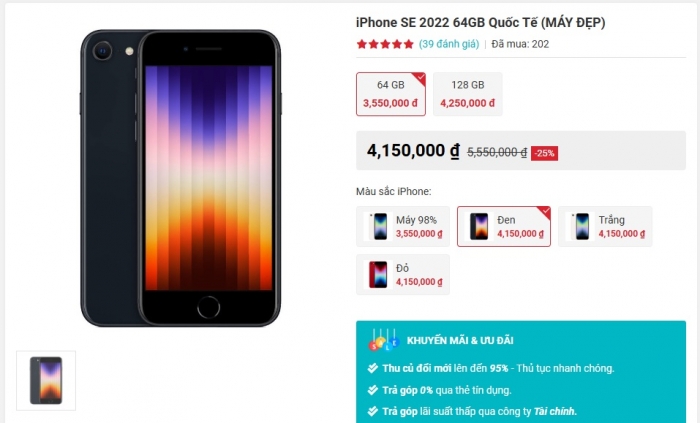
The SE 3’s decline isn’t due to performance but its outdated design. Apple retained the iPhone 8’s chassis, featuring a 4.7-inch display with thick bezels and a physical Home button—a nearly decade-old aesthetic.
As Apple’s last model with a physical Home button, Touch ID, and traditional bezels in an iPhone 8 frame, it stands out as a relic.
Meanwhile, most budget Android phones continuously refresh their designs, making the SE 3 less appealing, especially to younger users. This odd positioning has driven its price down since launch.
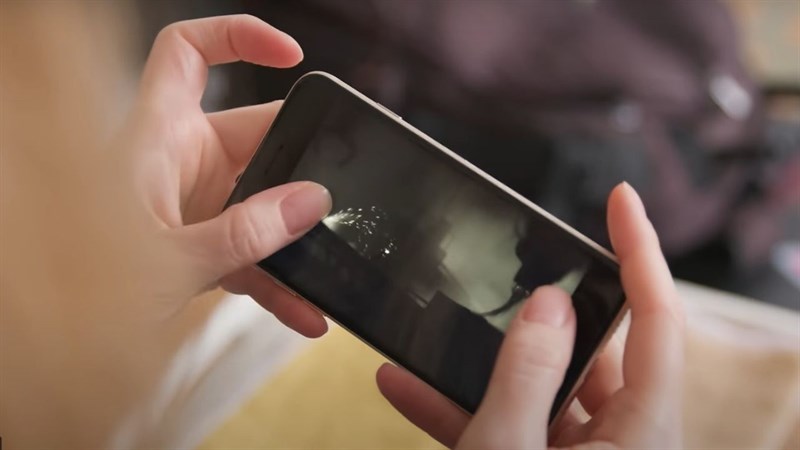
Its 4.7-inch IPS LCD (750 x 1334 pixels, identical to the 2014 iPhone 6) limits media consumption compared to modern 120Hz OLED screens. However, its compact size and Touch ID appeal to seniors or one-handed users.
The 2018 mAh battery—far below the 3,000–4,000 mAh standard—lasts only 10–12 hours, often requiring daily charging. Apple’s optimizations via the A15 chip and software fall short of resolving this.
Combined with its dated design, the SE 3’s resale value has dropped sharply, despite robust performance.
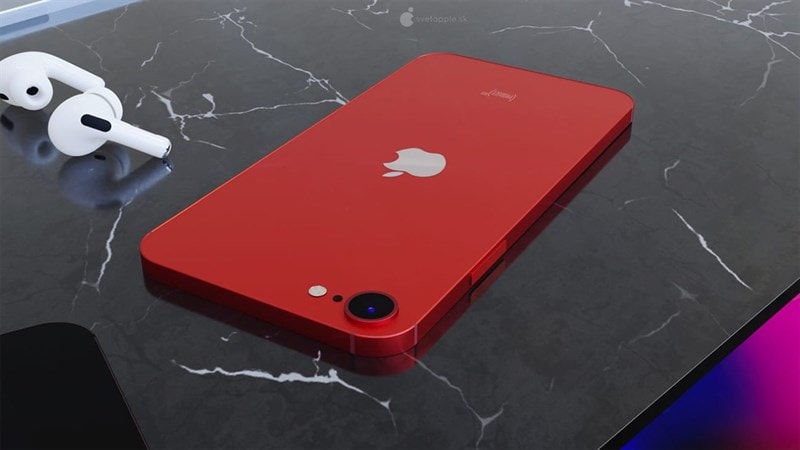
Though Apple’s fastest-depreciating iPhone, the SE 3 isn’t entirely overpriced. It retains notable strengths.
Powered by the A15 Bionic (also in the iPhone 13 series), it outperforms Qualcomm’s Snapdragon 8 Gen 1, handling demanding tasks like gaming and video editing seamlessly, per Geekbench.
Its single 12MP camera, aided by A15 algorithms, delivers decent portrait mode. While inferior to iPhone Pro models, it competes well at its current price point.
Conclusion:
At $100–$170, the iPhone SE 3 suits those seeking a compact, user-friendly device for basic calls and browsing. For richer screen, battery, and camera experiences, the iPhone 11 or 12 ($250–$350) are better alternatives.
The SE 3 epitomizes Apple’s strategy of pairing outdated designs with modern specs—powerful yet anachronistic—explaining its record depreciation.
Inside the iPhone 17 ‘Super Factory’: 200,000 Workers, Overtime, Discrimination, and Delayed Wages?
An undercover investigation at Foxconn’s Zhengzhou factory has exposed harsh working conditions for temporary workers assembling the latest Apple devices.








